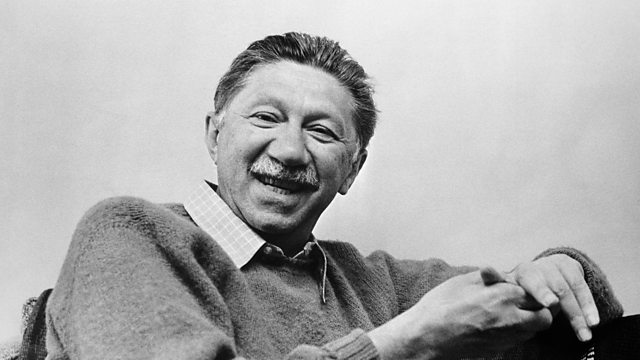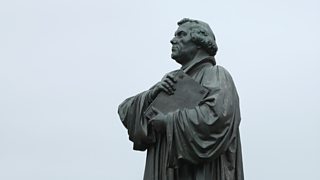Abraham Maslow’s psychology of human needs
A humanist who showed us a path to a life well lived.
Many students of psychology, business, nursing and other disciplines are taught about "Maslow's pyramid of human needs", a diagram that shows a progression from our basic needs, such as food and shelter, to higher, social needs and, eventually, to striving for often intangible life goals and fulfilment. The pyramid is an iconic image, yet Abraham Maslow, a leading humanistic psychologist of the 20th century, didn't actually create it. Moreover, his writings are much more sophisticated and perceptive than the diagram suggests. So where did this confusion come from and why didn't Maslow disown the pyramid? How should we understand Maslow's hierarchy of human needs? Why has it proved so useful in so many different disciplines? And in what way is it relevant to how we live today?
These are some of the questions that Bridget Kendall explores with Jessica Grogan from University of Texas at Austin, author of Encountering America, a history of humanistic psychology; David Baker, emeritus professor of psychology and former director of the Cummings Center for the History of Psychology at the University of Akron; and Scott Barry Kaufman, former director of the Imagination Institute at the University of Pennsylvania and author of Transcend which updates Maslow for the 21st century.
[Photo: Abraham Maslow, undated photograph. Credit: Bettmann/Getty Images]
Last on
Broadcasts
- Thu 25 Feb 2021 10:06GMTΒι¶ΉΤΌΕΔ World Service
- Fri 26 Feb 2021 00:06GMTΒι¶ΉΤΌΕΔ World Service
- Sat 27 Feb 2021 16:06GMTΒι¶ΉΤΌΕΔ World Service News Internet
- Sun 28 Feb 2021 15:06GMTΒι¶ΉΤΌΕΔ World Service except News Internet
- Mon 1 Mar 2021 03:06GMTΒι¶ΉΤΌΕΔ World Service
Featured in...
![]()
Politics, philosophy and faith—The Forum
Ideas, people and events that shaped cities, nations and civilisations
Podcast
-
![]()
The Forum
The programme that explains the present by exploring the past



